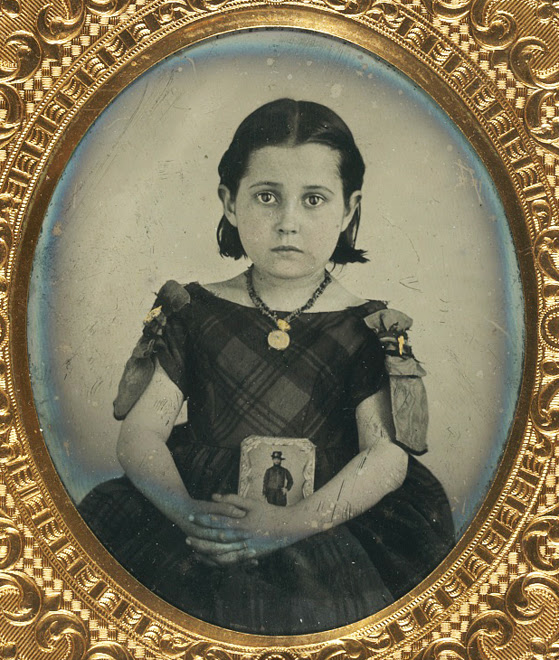When Life Gives You Lemons: Widows In the Civil War
Love stories come with all kinds of surprising twists and turns. Handed down through my own family is the fascinating story of a Civil War widow – with a quirky happy ending.
As the tale goes, Sarah Jane Dukes married much-older Levi Benefiel in 1854 when she was just 15 years old. At 31, he was twice her age. Not uncommon for the day, of course. By the time the Civil War broke out seven years later, Sarah and Levi had five children together. Then, sadly, Levi was killed in the war in 1863, leaving 24-year-old Sarah a widow – with five children. But here’s the surprising happy ending: roughly two years after Levi’s death, Sarah married Levi’s younger brother, Isaac. And Isaac and Sarah went on to have four more kids and a long life together.

It certainly seemed a believable tale. Levi’s death in 1863 occurred smack in the middle of those awful Civil War years. Brother Isaac, a Civil War vet himself, married widow Sarah in January 1866, shortly after the war was finally over. And the tale was shared by family members old enough to have heard it at least second-hand.
It may seem odd to think of a widow marrying her own brother-in-law. But turns out that custom has ancient roots. In Biblical days, such a marriage was not just encouraged but even required, in certain cases. (There’s even a name for it: a “levirate” marriage.) Community standards shifted through the centuries, of course, and the practice of marrying one’s brother-in-law was actually illegal in England until the law was finally changed in 1921.
But in those post-Civil War years, Sarah’s remarriage probably wasn’t a unique solution for a widow. Some three million men marched off to combat between 1861 and 1865, and about 750,000 of those never returned. Though it’s impossible to determine an exact total, some historians estimate as many as 200,000 wives suddenly found themselves donning “widows’ weeds” during the war.


Many of those widows, like Sarah, were left with children they needed to support, a farm to manage, and few skills with which to earn an income. Adding to the practical hurdle of locating another husband when so many men were off at war, etiquette of the day required that widows spend at least 2-1/2 years in mourning before they were supposed to even think about remarrying.

Fascinating as Sarah’s story was, turns out at least one piece of it got muddled in the telling. Yes, Sarah’s first husband Levi died during the Civil War. But research suggests he likely didn’t die from combat. There’s no indication that Levi ever enlisted (unlike his younger brother Isaac, who clearly served as Union soldier). Sarah’s own sworn statement later affirmed that Levi “was not in the Army.” So Levi’s passing in 1863 might have been from a simple farm accident or illness.

What is true is that Levi’s untimely death left Sarah a widow with five children to raise on her own. Marrying brother-in-law Isaac was a reasonable solution, and he turned out to be a good provider. Isaac not only knew his way around farming but was a talented stone mason, later credited with helping build Kansas’s stone state capitol in Topeka.
Sarah and Isaac successfully raised those nine children together. And both of them lived to the ripe old age of 84.
Here’s to love and happiness – and all the surprising places we find it!
___________________
A time-travel novella set in Nevada.
Find it on Amazon.com!

